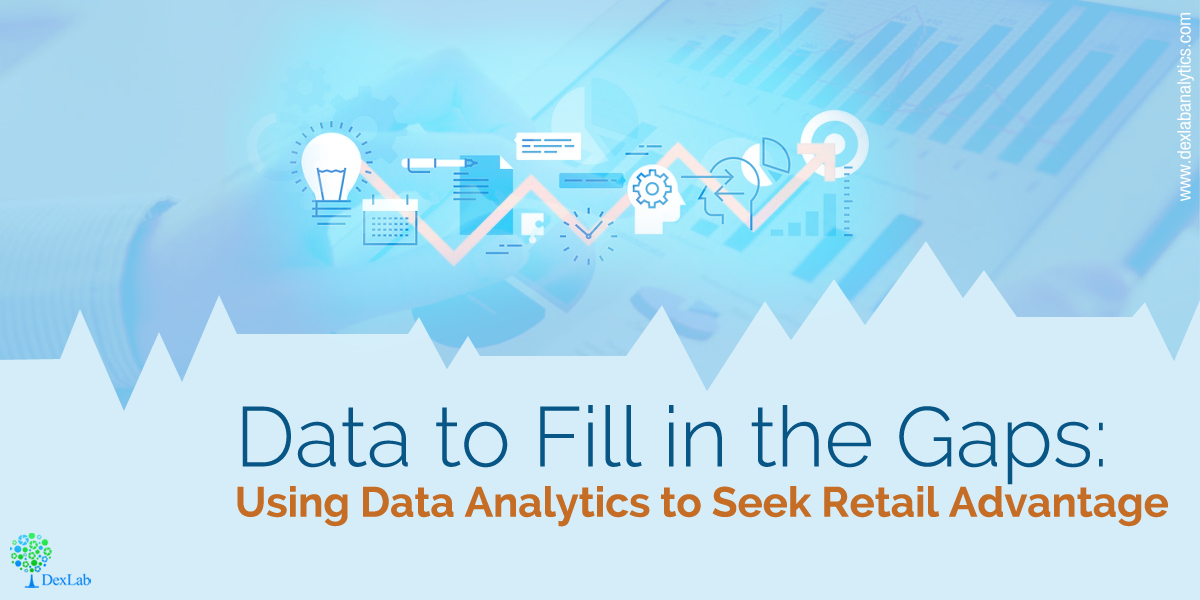Retailers need to know their customers well – who they are, what stuffs they like to buy, how they would pay and what they think about the product or service. The best part is that there’s an ocean of data now available to fill in the gaps. Every time a customer visits the store, a long trail of customer data churns out for the retailers to explore.
With the help of this data, the retailers improve sales figures, customer service and interaction and their product offerings. Leveraging data is crucial. According to Gartner, retailers seek advanced analytic capabilities to shine bright in this age of digitized market solutions.
Here are ways in which data analytics help retailers reach their full potential:
Gather Up Disparate Data
Lack of data is no more a problem unresolved: data sets are now mingling with each other. Physical stores now possess all the sales details, which items are getting sold the most and so on. Similarly, online stores have in store similar data. The Internet of Things helps in tracking even the smallest of small customer actions, like which items he is choosing and why.
However, often data gets trapped in separate silos. They cannot interact with each other – the individual physical, political and departmental silos keep away the data from further interaction. As with most businesses, it’s all about data – because data offers the best insights to have!
Pull together all your data – as it will help store managers to quickly analyze customer behavior and ensure that the right products are available on the shelves for customers enhancing customer service manifold.
Empowering the Organization
Once IT teams were given the responsibility to perform data analysis and report building. During those times, business teams used to wait for weeks, even months to get hold of analytics reports that could answer their pre-determined questions.
Owing to robust self-service analytics, everybody in the enterprise has now access to data all-over. Just like customers, who rely on Google for product reviews, retailers can now ask and answer questions of their own in no time.
Predictive Analytics: What the future withholds
It’s now imperative for retailers to have full information about their product inventory list for their warehouses, stores and other setups. Many times, retailers share this information with their customers so that the customers can come up with a better decision. Today, real-time information has become the talk of the day, along with becoming an absolute necessity for all the good reasons.
Predictive analytics plays with real-time information. It helps in making predictions about what customers want in the next few hours, next day, coming week and even year. Just leverage the entire set of data and self-service analytics, that’s it. After all, real-time data helps in taking informed decisions today and tomorrow! Thumbs-up!
Data Being the Primary Asset
Customer and data – are any retailer’s strongpoint. With data analytics, any retailer can harness his two assets by utilizing one of his assets, i.e. data to empower his second asset, customers. Access to data is the key – from floor level to management level, everyone should have a clear hold of the data. Also, in today’s data-friendly world, retailers must go beyond the conventional systems of data analytics to predict future consumer needs with predictive analysis – it’s for the better.
So, data analytics is the real savior of the day! Thanks to this, that retailer can now understand their customers, and business better.
To learn more about what retail analytics help you achieve, check out SAS training courses in Pune by DexLab Analytics. It is a premier SAS training institute Pune, go get all the details out now!
Interested in a career in Data Analyst?
To learn more about Machine Learning Using Python and Spark – click here.
To learn more about Data Analyst with Advanced excel course – click here.
To learn more about Data Analyst with SAS Course – click here.
To learn more about Data Analyst with R Course – click here.
To learn more about Big Data Course – click here.


